General Information
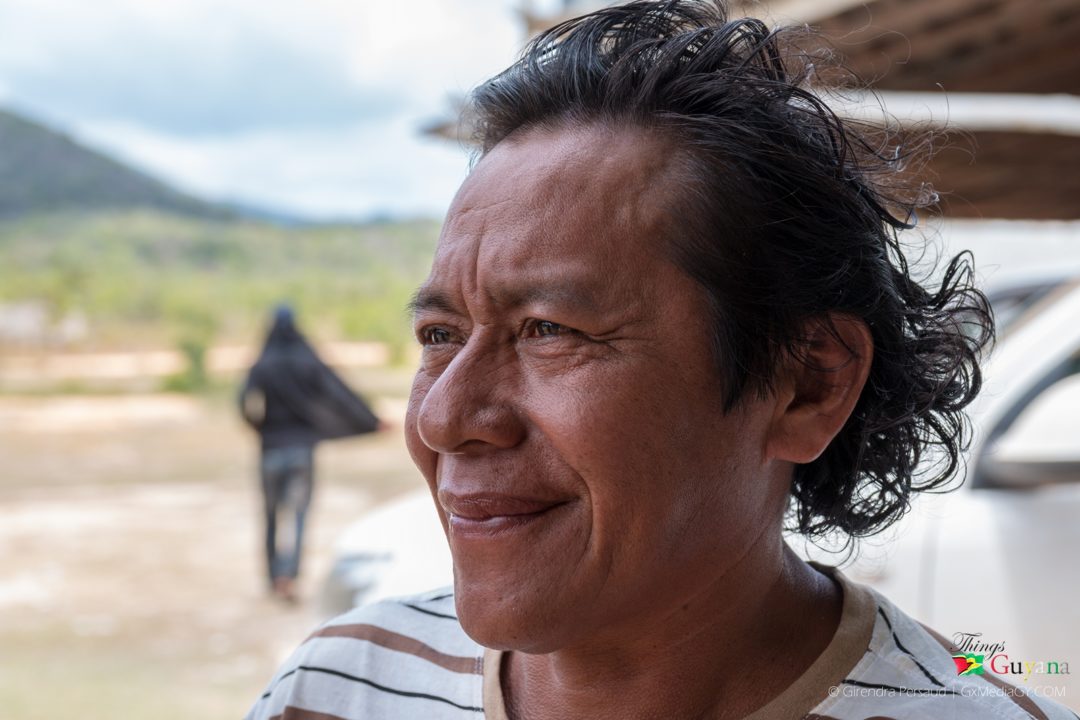
Mr. Joseph Austin
Rukumuta Village is located approximately 28 miles from central Karassabai, Region nine (Upper Takutu-Upper Esequibo). This Village was the last to be established in the sub-district; it has four (4) satellites and a population of about 270 residents, mainly from the Makushi tribe. There are about 36 households in Rukumuta.
The Toshao, Mr. Joseph Austin along with 9 councilors manages the affairs of the village. Mr. Austin is a trained teacher and he attended the Cyril Potter College of Education circa 2000. He has since returned to serve his community. He said that life in Rukumuta is peaceful and fulfilling. He told us that he has 45 children but everyone around laughed (it is suspected to be a joke). He has a very warm and welcoming personality. He was so happy to see us that he rounded up everyone in the village to greet our safari convoy.
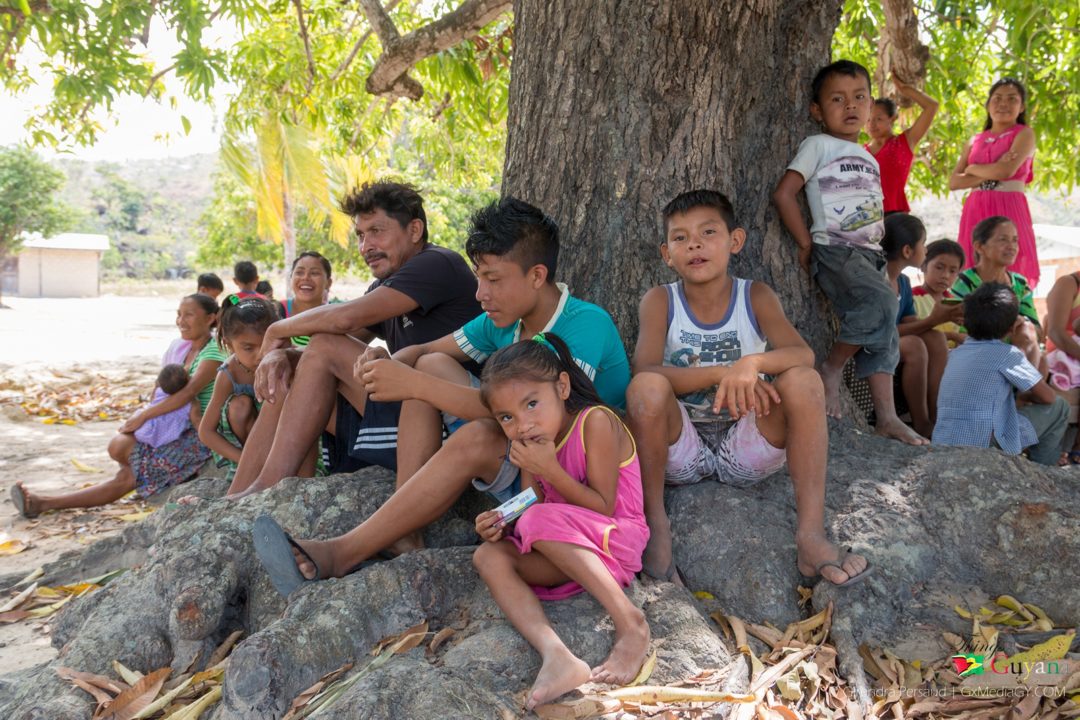
Some of the residents who came out to greet us.
Like Karasabai, the first language of the village is Makushi and the second language is English. The major religious practice is Christianity. It was interesting to hear the Makushi language when residents were communicating among themselves.
Infrastructure
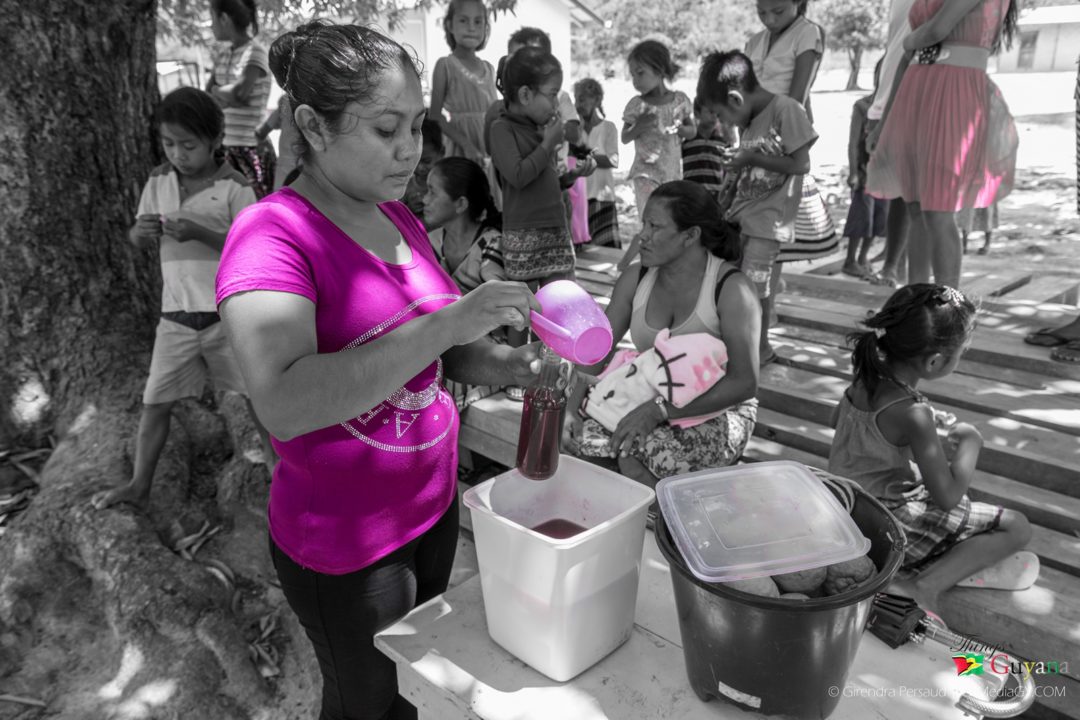
Jamoon Wine For Sale
The village has recently been realizing some development in terms of infrastructure and economic ventures.
The main water source is the creek near the village and windmill water system. There is a community shop, a village office, a school complex with a nursery department and a primary school, and a church benab. Other infrastructure includes a water trestle, a windmill and hot meal kitchen.
The village has a health post with one community health worker and a malaria officer.
The main source of electricity in the area is from wind and solar energy. There is no mobile-phone communication. The only means of communication is by two-way radio to other nearby villages including Lethem and Karasabai.
How to get to Rukumuta
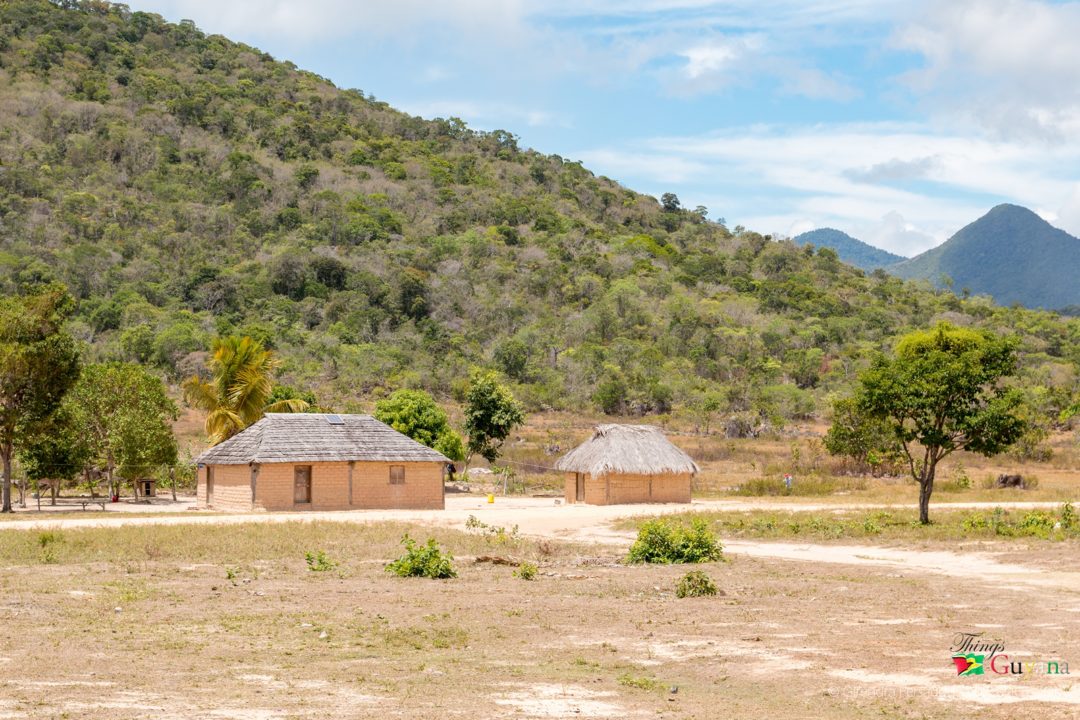
Homes in Rukumuta
You will need to travel via a trail from Karasabai and pass through Tipuru to get to Rukumuta. In the dry season the trip can take about 4-5 hours but in the wet seasons it can take much longer (days). The trail runs through some very steep hills (including Kaieteur Hill) and it can be challenging even for the most experienced drivers.
You can read here to find out how to get to Karasabai: https://www.thingsguyana.com/discover-karasabai-things-you-need-to-know/
Modes of transportation in the village
Residents mostly walk, while some use bicycles, motorbikes, tractors and ATVs to move about in the village and to travel to the other sub-communities.
Economic Activities
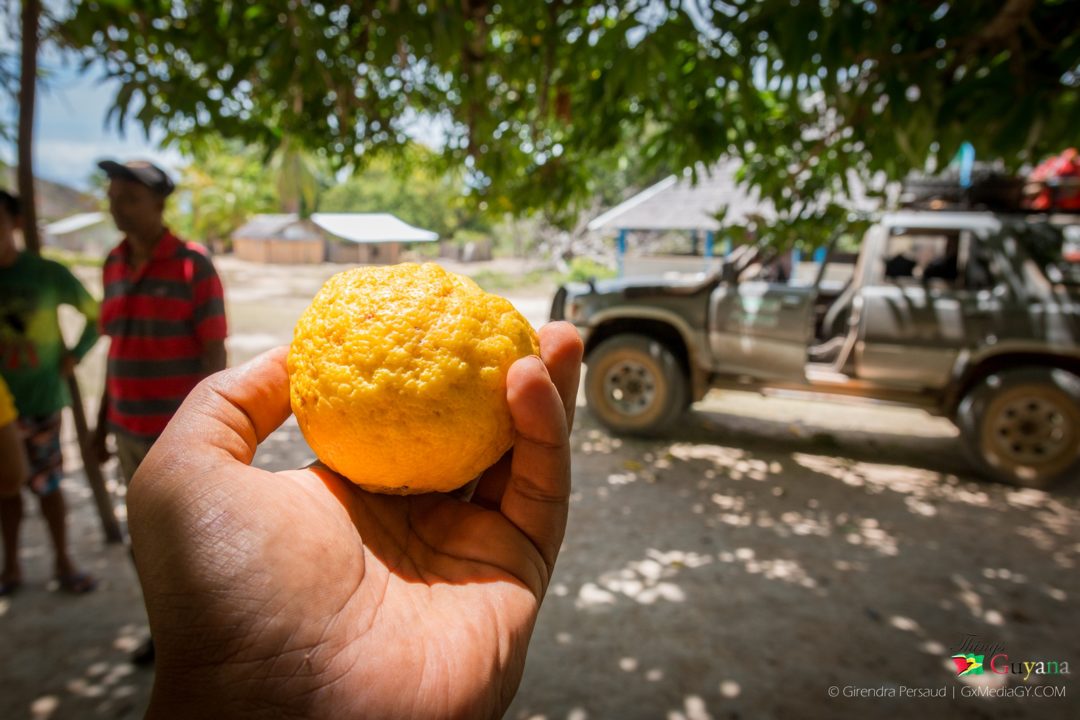
Lemon from Rukumuta
The soil in the area is of clay-type and fertile for the production of cassava, citrus and other fruits and vegetables. Subsistence farming and livestock rearing are currently the major economic activities in the village. Markets for farm produce are usually sought from within the Village as well as from Brazil.
Social Groups
Rukumuta has a woman’s sewing group, sports club and a church group.
Accommodations
Accommodation in these parts is very basic, hammock huts and benabs are available. Be sure to walk with your camping gears if you plan to stay here.
Major Attractions
Like with other villages in the area, the major attraction is the scenic beauty (and lack of modern distractions) in and around the village. The village is perfect for camping and enjoying nature. You can also fish in the nearby creek.
Photo Gallery
- Creek in Rukumuta
- Some o f the residents who came out to greet us.
- Mr. Joseph Austin
- Jamoon Wine For Sale
- Lemon from Rukumuta
- Homes in Rukumuta
- Little Boy in Rukumuta
- Rukumuta Village
Resources:
- You can purchase and download these images in high-quality at http://girendrapersaud.zenfolio.com/p916260089
- Tipuru Village Profile: https://moipa.gov.gy/indigenous-villages/rukumuta/

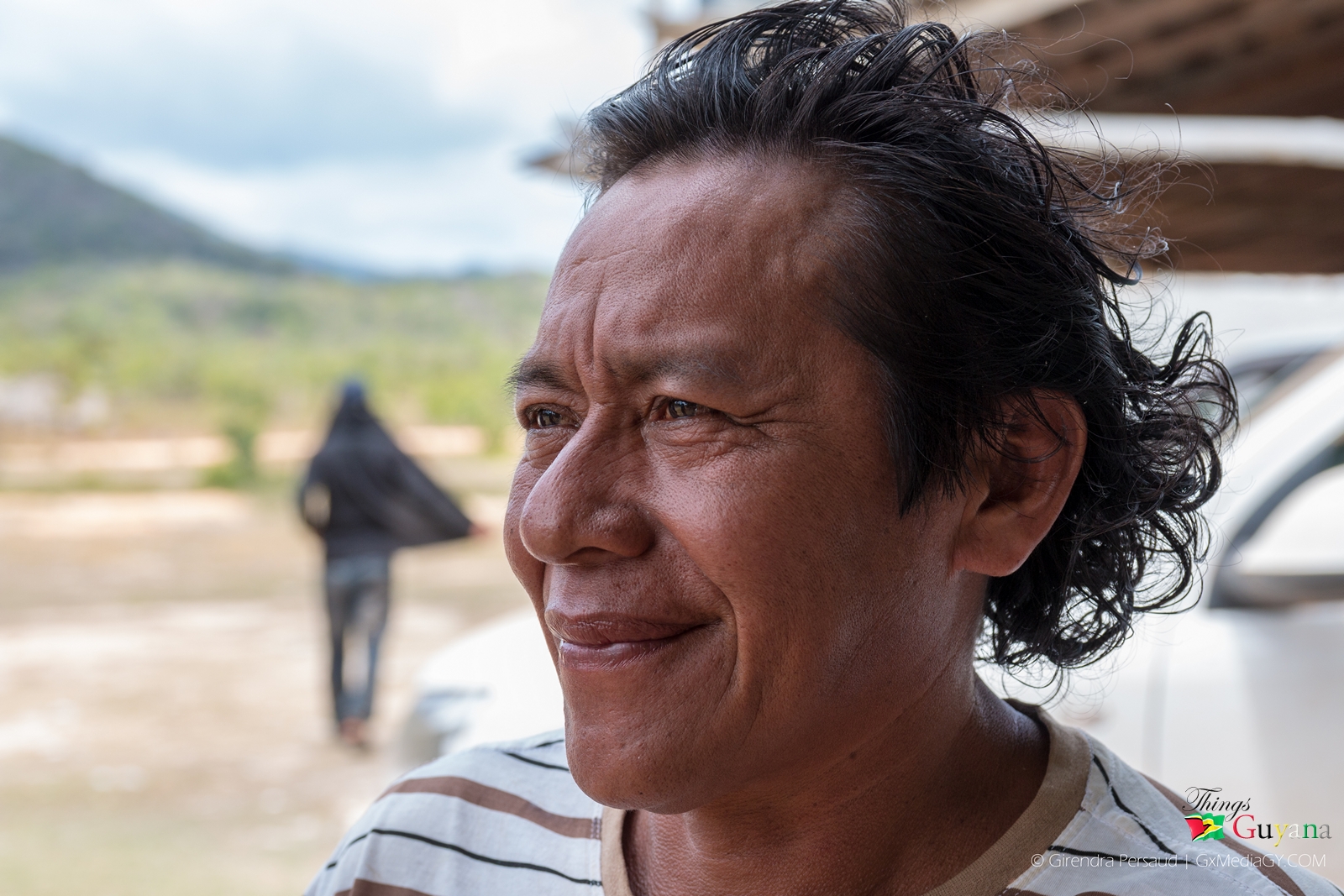
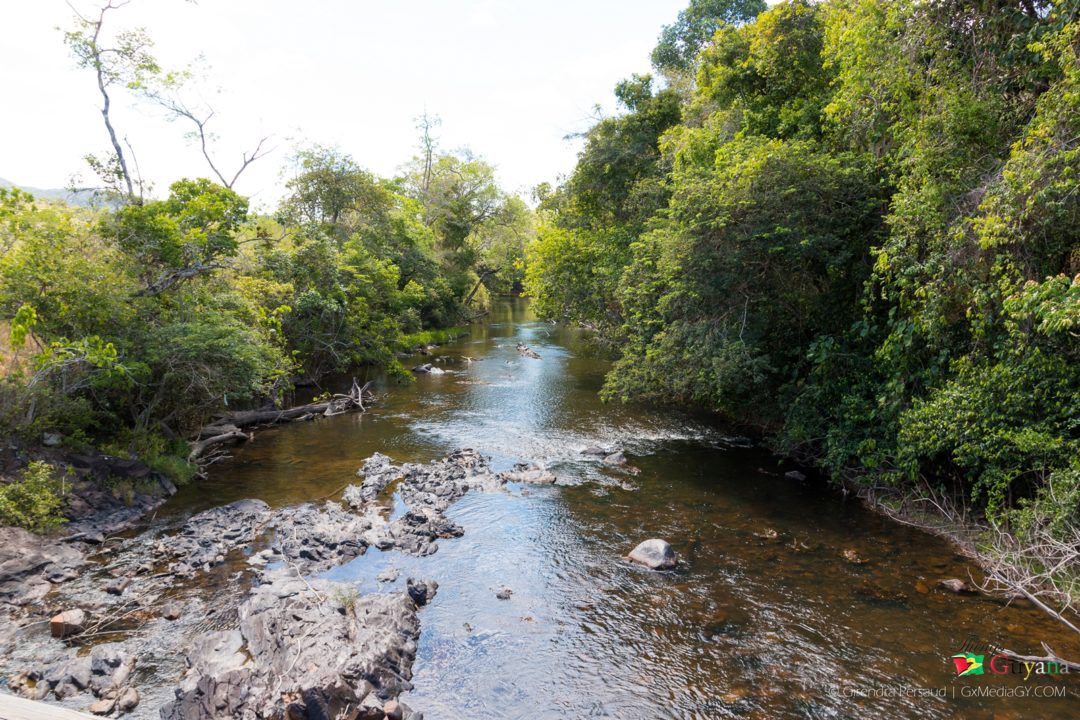
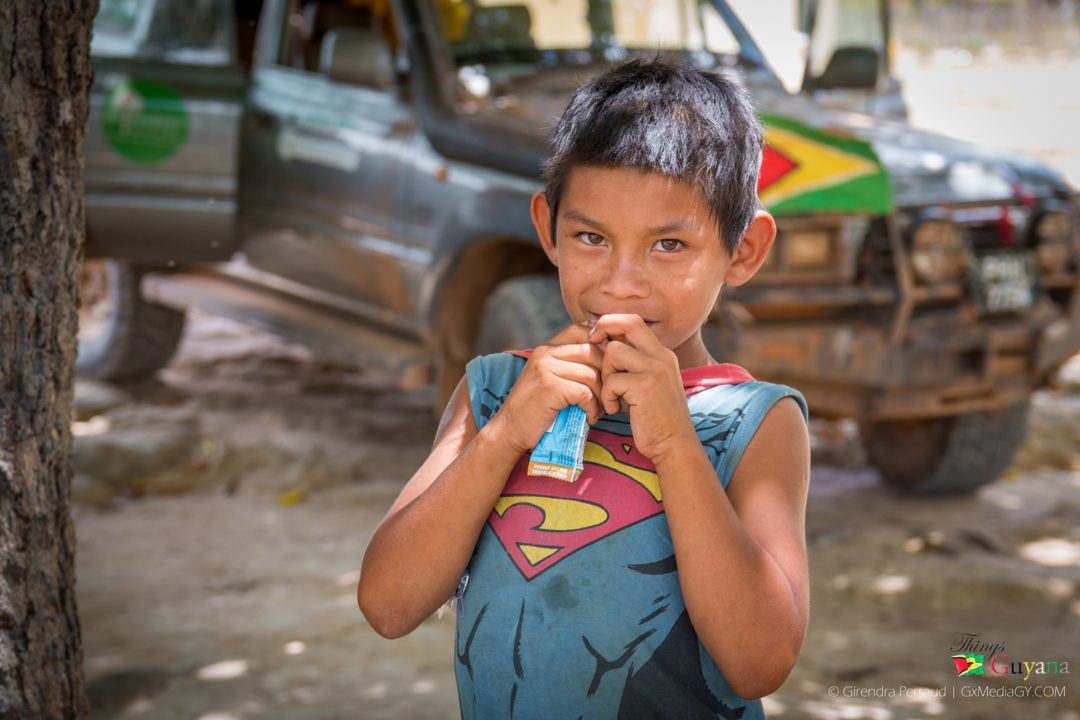
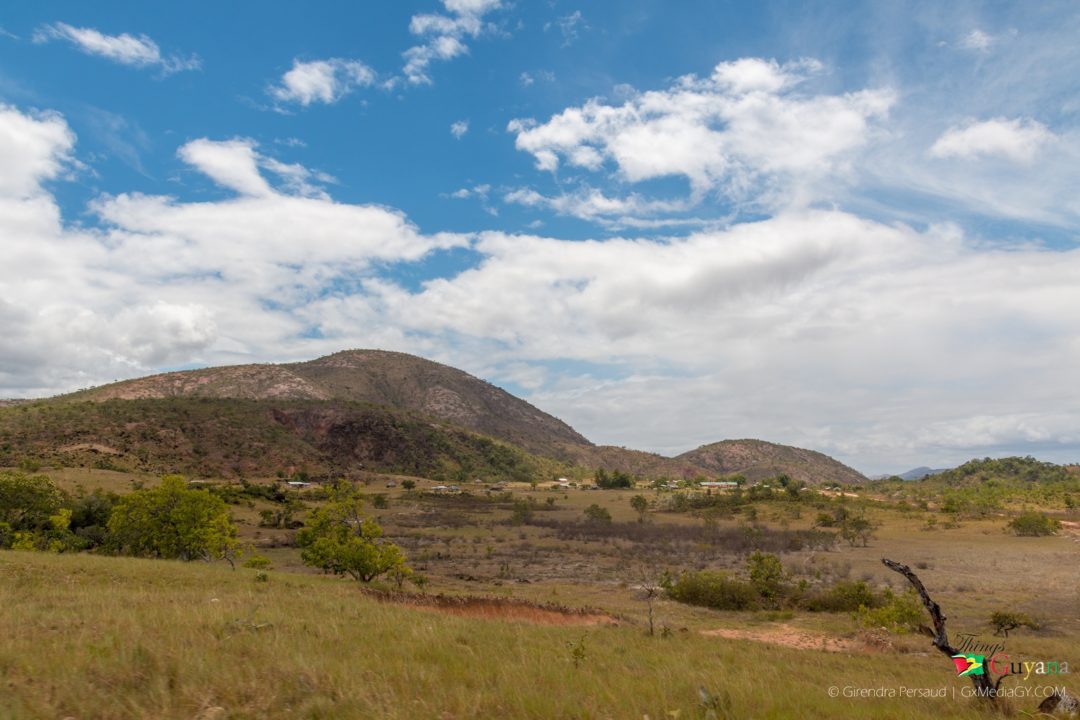






1 Comment